Welcome to the world of kitchen mixers, an indispensable tool that has transformed the art of cooking and baking. In this blog, we dive into what exactly a mixer is and explore its importance in the modern kitchen.
What is a Mixer?
A mixer, in its most basic form, is a kitchen appliance used to mix, whip, or puree ingredients. Powered by a motor that drives a set of beaters or blades, the mixer enables processing a wide range of ingredients quickly and effectively, from airy whipped cream to smooth purees. There are various types of mixers available, including hand mixers, immersion blenders, and stand mixers, each designed for specific tasks and ease of use.
The Importance of Mixers in the Kitchen
The arrival of the mixer has significantly changed the way we cook and bake. These versatile devices not only save time and effort but also offer consistency and precision that are difficult to achieve by hand. From whipping perfect peaks in egg whites to smoothly mixing batter, mixers make complex and time-consuming tasks easier and more accessible for both amateur cooks and professional chefs. In today's kitchen, mixers have become essential tools, promoting culinary creativity and efficiency.
Stay tuned as we delve deeper into the fascinating world of mixers, where we will explore the different types and their specific functions, as well as tips on how to choose the perfect mixer for your kitchen needs.
The History of the Kitchen Mixer
The history of the kitchen mixer is a fascinating journey of innovation and technological advancement, running parallel to the evolution of the modern household. From simple manual devices to today's advanced electric marvels, the mixer has come a long way since its invention.
Origin of the Mixer
The origin of the mixer dates back to the early 20th century. The first patents for electric mixers were filed in the early 1900s, with Herbert Johnson's 1908 invention as a notable starting point. His design, inspired by observing a baker mixing ingredients by hand, led to the creation of the first stand mixer, originally intended for commercial use.
Evolution Through the Years
Over the years, mixers have undergone significant evolution. In the '20s and '30s, stand mixers became smaller and more affordable, making them accessible for household use. The '50s and '60s saw an increase in versatility and design, with colorful models that matched kitchen decor. With the advent of the microchip in the '70s and '80s, mixers became even more efficient and user-friendly. Today, mixers combine high functionality with elegant design, making them both essential and aesthetically pleasing in modern kitchens.
Different Types of Mixers
Hand Mixers. The hand mixer, a lightweight and portable device, is ideal for smaller baking and cooking tasks. Perfect for whipping cream, mixing cake batter, or beating eggs, hand mixers provide convenience and simplicity for everyday cooking activities.
Hand Blenders. Hand blenders, known for their sleek design, are excellent for pureeing and emulsifying liquids. They are ideal for making soups, sauces, and smoothies, offering the convenience of blending directly in the pot or bowl.
Stand Mixers. Stand mixers, often the workhorse in the kitchen, are excellent for heavy baking needs. With their robust design and powerful motors, they are ideal for kneading bread dough, mixing thick batter, and performing long mixing tasks.
Specialist Mixers. In addition to these main types, there are specialist mixers designed for specific purposes, such as spiral mixers for bakeries and drink mixers for cocktails.
The development of the mixer has had a significant impact on the way we cook and bake, making it easier and more accessible for everyone. Whether you are a hobby cook or a professional chef, there is a mixer that suits every need and culinary adventure.
When choosing the right mixer for your kitchen, it is important to find a device that not only meets your culinary needs but also fits your personal cooking style. Here are some essential factors and tips to help you make the right choice.
What to Look For
Power. The power of a mixer, expressed in watts, indicates how powerful the appliance is. A higher wattage is ideal for heavy mixing tasks such as kneading dough, while a lower wattage may be sufficient for simpler tasks like whipping cream or mixing batter.
Capacity. Consider the size of the mixing bowl or the capacity of the mixer. If you often cook or bake for large groups, choose a model with a larger capacity. For smaller, everyday tasks, a more compact mixer will suffice.
Speed options. Different speeds offer more versatility in the mixing process. Look for a mixer with multiple speed settings for maximum control, especially if you prepare a wide range of recipes.
Accessories. Some mixers come with extra accessories such as dough hooks, whisks, or even blender attachments. These can significantly enhance the functionality of your mixer and are especially useful if you seek versatility in one appliance.
Read all about finding the perfect mixer for you in this blog.
How much does a mixer cost?
Below you will find a handy table with an overview of various hand mixers, their power, features, and prices. This table helps you gain better insight into the available options and what to expect within different price ranges.
| Brand and Model | Power | Features and Accessories | Price (From) |
|---|---|---|---|
| Philips 5000 series HR3740 | 450 watts | Powerful performance for various cooking tasks | €29,99 |
| KitchenAid 5KHM9212 | 85 watts | Premium power and quality | €134,94 |
| Braun HM 5107 WH | 750 watts | Includes puree attachment for powerful mixing performance | €74,90 |
| Smeg SMF02PKEU | 800 watts | High power with a stylish design | €337,00 |
| Safecourt Kitchen Hand Mixer | 350 watts | Reliable and suitable for everyday use | €37,99 |
Price variations in Hand Mixers
Hand mixers vary significantly in price, largely depending on power, functionality, and brand. Prices start at around €21.98 for the most basic models and can go up to several hundred euros for high-end models with advanced features and accessories. This variety reflects the diversity in the needs of different users, from those seeking a simple, affordable option for daily use to those looking for more specialized and powerful devices for specific culinary tasks.
When choosing a mixer, it is important to consider both your budget and your specific kitchen needs. Choosing the right model can have a significant impact on your cooking experience and the success of your culinary creations. In this blog we explain how you can find the perfect model.
As we have seen, the mixer is not just a kitchen appliance; it is an indispensable companion that helps us cook and bake with ease and efficiency. From whipping airy whipped cream to kneading sturdy bread dough, the right mixer can transform everyday kitchen tasks into an enjoyable and effortless experience.
In our exploration of the different types of mixers and their specific applications, we have discovered the diversity and versatility of these devices. Whether you choose the power and versatility of a stand mixer, the compactness and convenience of a hand mixer, or the precision and ease of an immersion blender, there is a mixer to suit every cooking style and need.
When choosing your ideal mixer, remind yourself that it's not just about finding a device with the right specifications, but also one that fits your personal cooking habits and kitchen space. We hope this guide helps you make an informed choice that will enrich your culinary adventures.
We invite you to explore your own kitchen with a new perspective on mixers. Whether you are an experienced chef or just beginning to discover your cooking skills, let your mixer be an extension of your creativity in the kitchen. Keep experimenting, keep learning, and above all, keep enjoying the delicious results of your work.

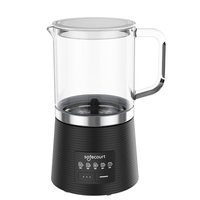
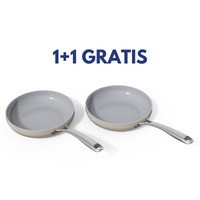
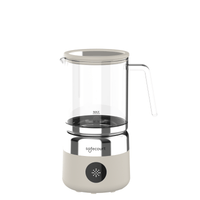
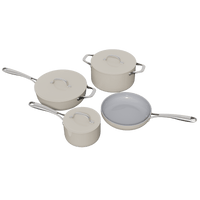
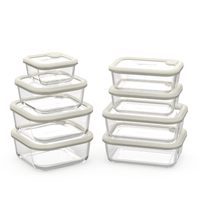
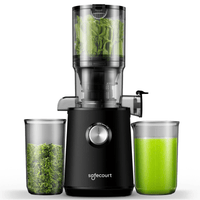
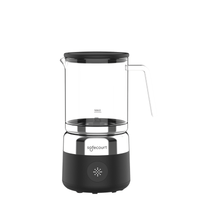
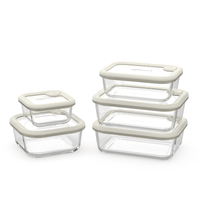

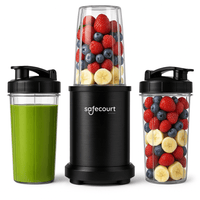
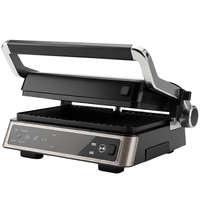
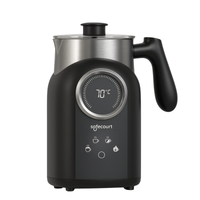
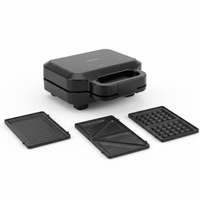
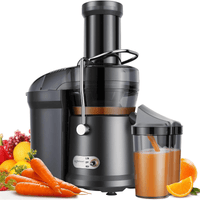
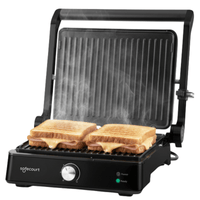
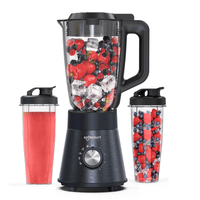
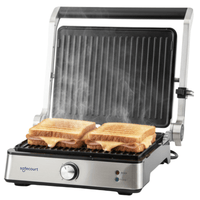
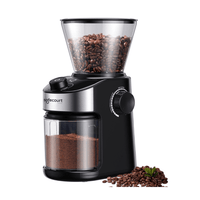
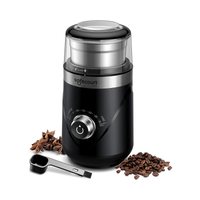
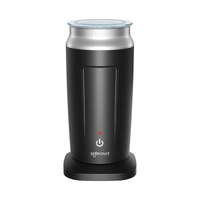

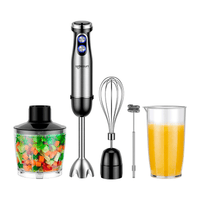


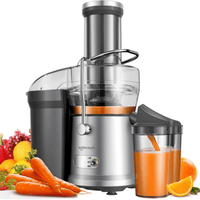
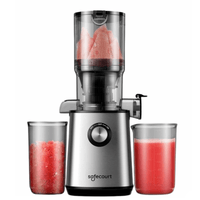
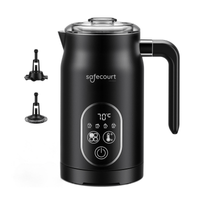
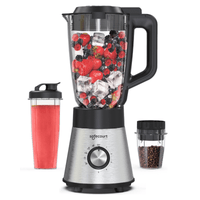
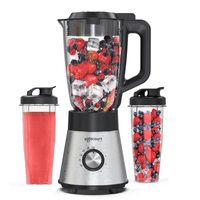
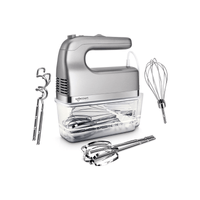
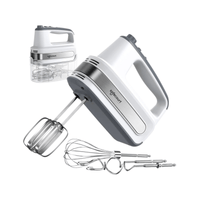
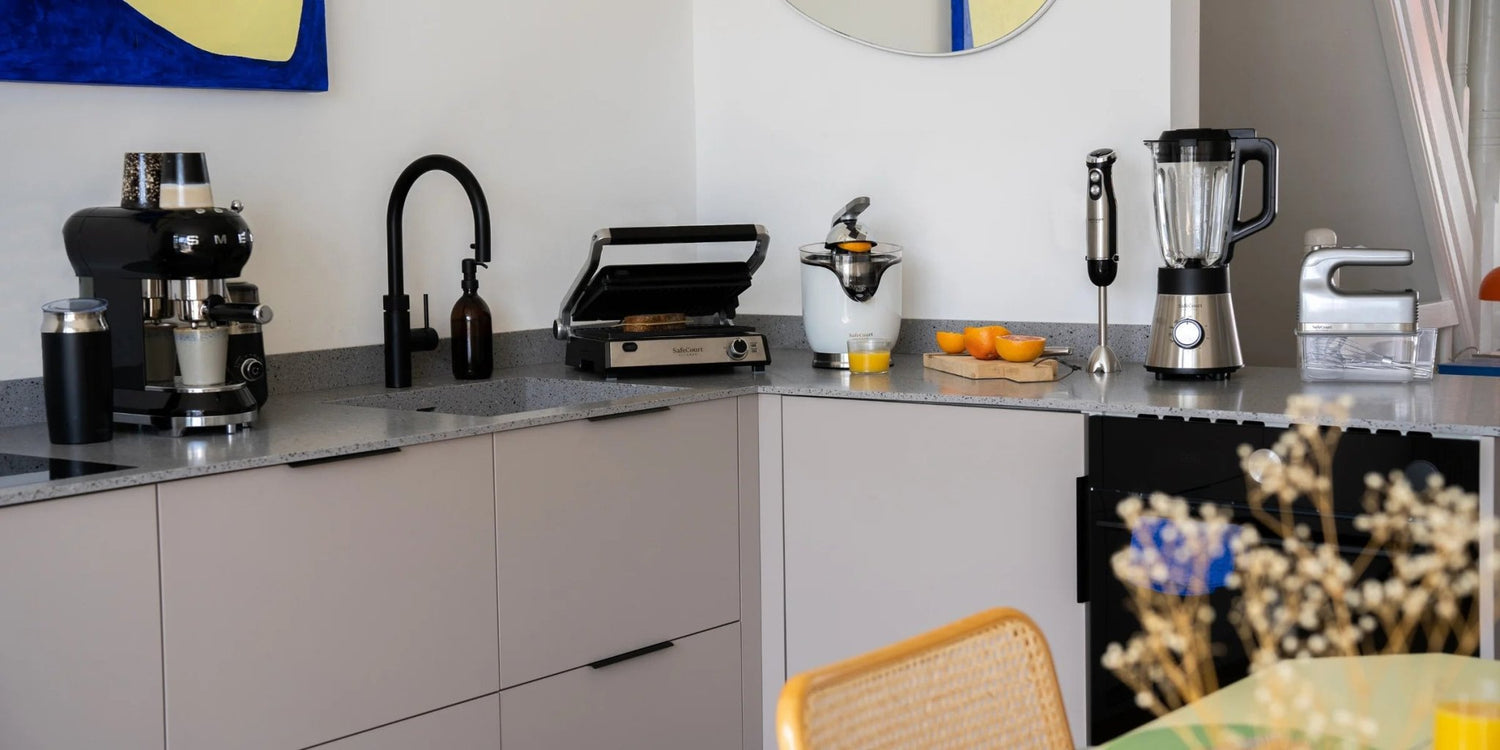
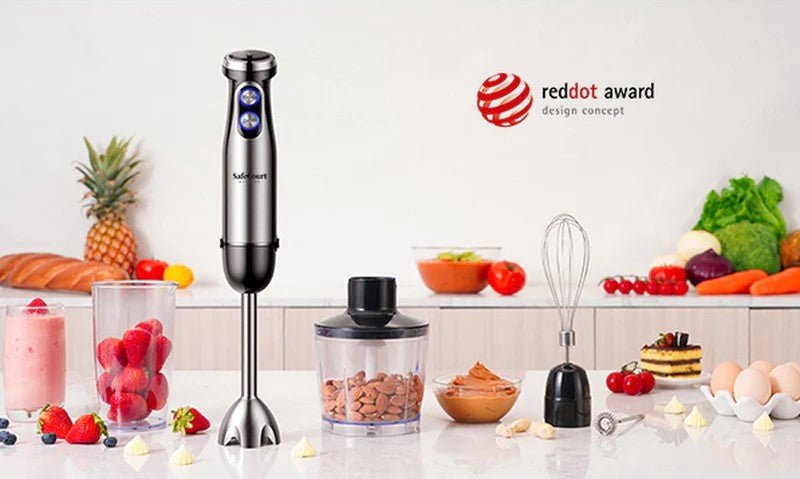
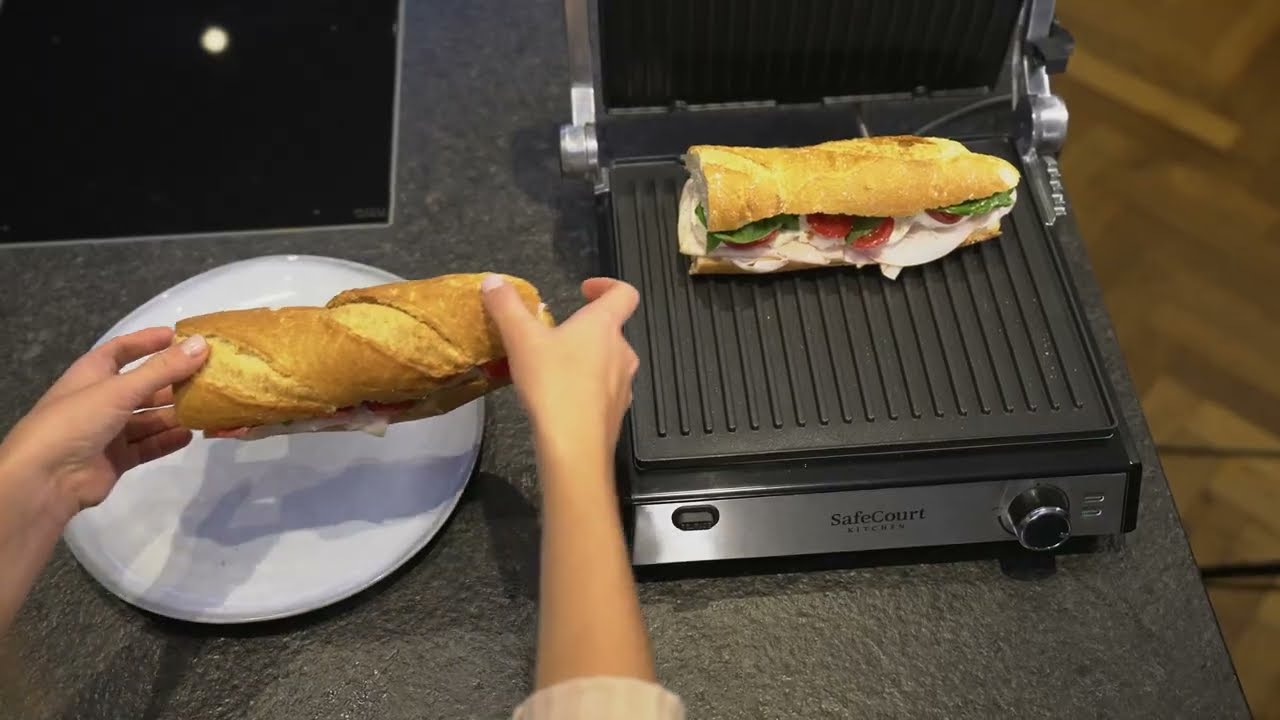
Leave a comment
This site is protected by hCaptcha and the hCaptcha Privacy Policy and Terms of Service apply.